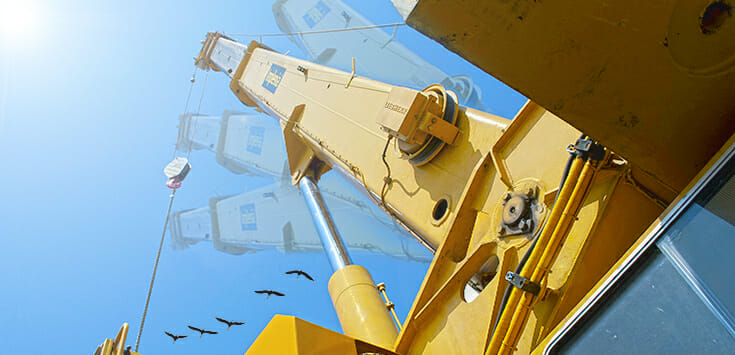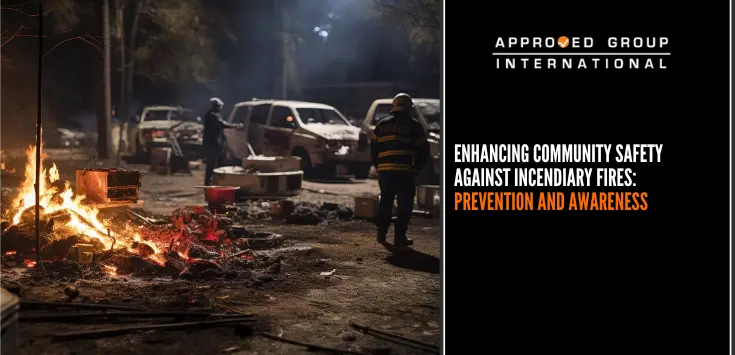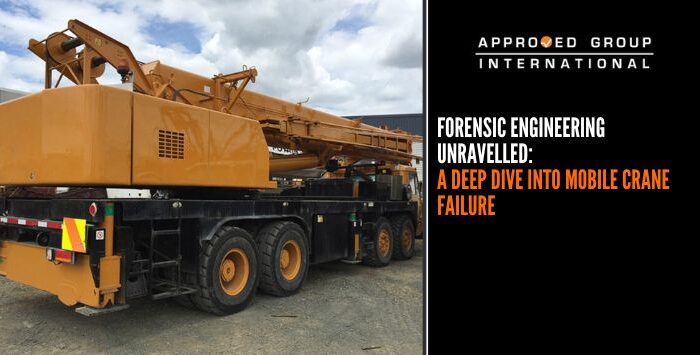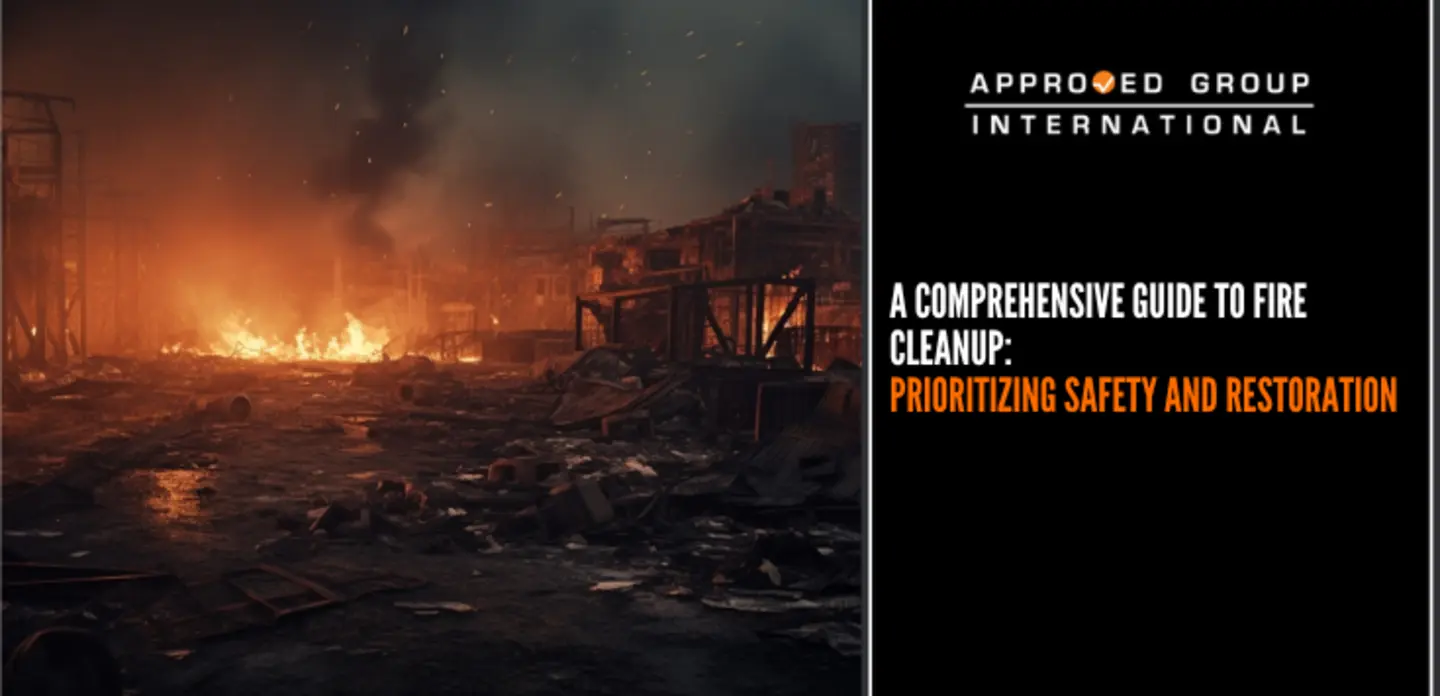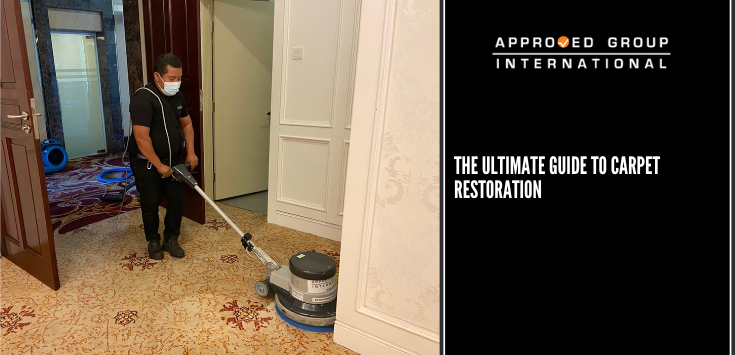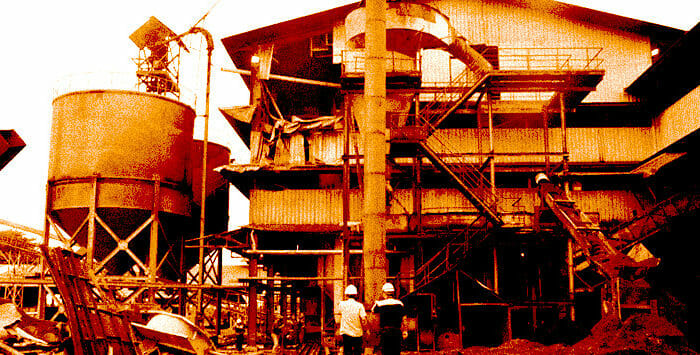We came across numerous cases where mobile cranes were reported to have tipped over during the lifting of loads of steel bars, cement, bricks, tools and machinery. There are several factors which contributed to the toppling of a mobile crane during lifting operation.
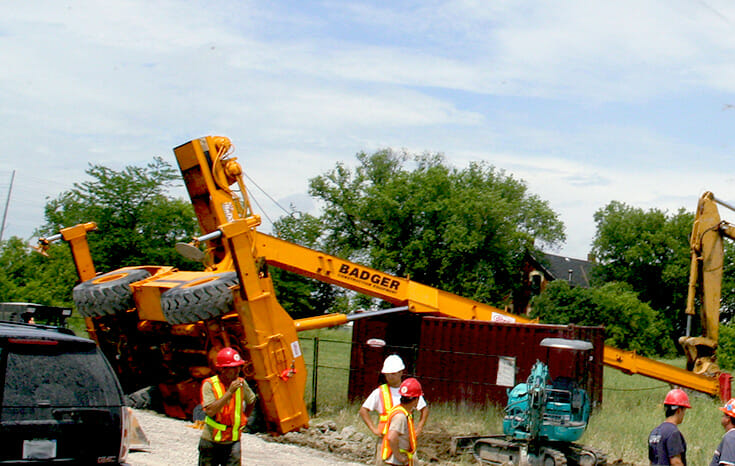
In order to ensure stability and increase the loading lifting capacity of a mobile crane, additional support such as outriggers must be deployed. Most of the time, these outriggers are not deployed or not fully extended. The lack of these supports causes the centre of gravity of the mobile crane to shift during lifting operation. The centre of gravity is the point at which the whole weight of the load is acting vertically downward. The load is balanced at this point. During the hoisting operation, the force exerted on the mobile crane is primarily the force of gravity. However, during the slewing operation, the equilibrium is affected by small forces such as friction and resistance, which opposes the direction of motion. The greater the weight of the load, the greater the friction force exerted. When the shifting of the centre of gravity occurs, the mobile crane becomes unstable causing it to tip over due to rotational overturning. When the load is lifted at a distance from the edge of the mobile crane, it causes rotation about that point called a moment. To calculate the overturning moment, the load is multiplied by the horizontal distance the load extends beyond the edge of the mobile crane. To calculate the correlation between tipping load of a mobile crane and the distance between the outrigger and the load during the incident, a free body diagram is used to illustrate the direction of forces acting on the mobile crane.
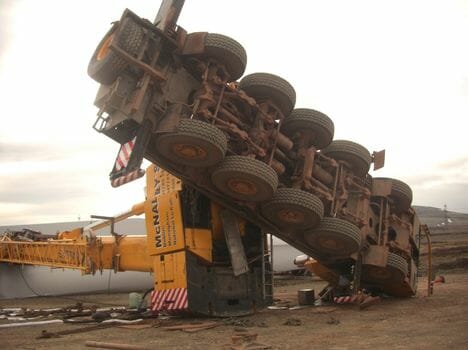
A proper working platform provides a safe environment for the mobile crane to operate. The condition of the working platform plays a major role in the stability of the mobile crane especially during operation.
The potential hazards pose by the working platform are soft/unstable/uneven ground as a result of water ponding, improper backfilling process and etc. A mobile crane will topple when the working platform is unable to support the load of the mobile crane. It is normal practice for the ground to be levelled or for additional steel plates be deployed should the ground condition demands so. The utilisation of the steel plates as the base plate for the piling rig is to evenly distribute the weight of the mobile crane evenly across the soil. This is in accordance to the principle of pressure as pressure is equal to load divided by area. The larger area of the steel plate assists in distributing the weight of the mobile crane evenly across the soil and thereby prevent any localised pressure on the surface of the soil.
It is essential to ascertain the configuration of the boom during the lifting operation, which relates to the working ranges of a mobile crane. The working ranges denote the correlation between the boom length, luffing angle and operating radius.
As a rule of thumb the lifting capacity of a mobile crane is proportional to the luffing angle and inversely proportional to the boom length and operating radius. Thus, the load chart provided by the manufacturer is important in determining the feasibility of the load carrying capacity of a mobile crane. In addition to the above, the load capacity of the mobile crane is also affected by the deployment of the outriggers. The mobile crane can tip over during the lifting operation when the configuration of the boom length, operating radius and luffing angle exceeds the lifting capacity of the boom.

